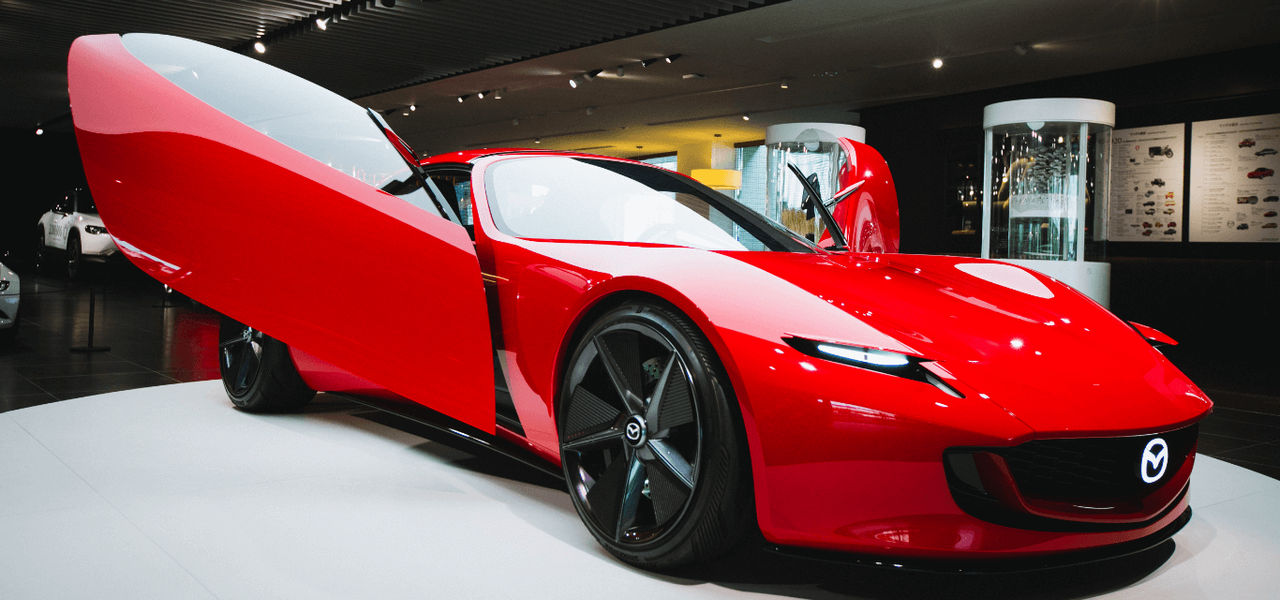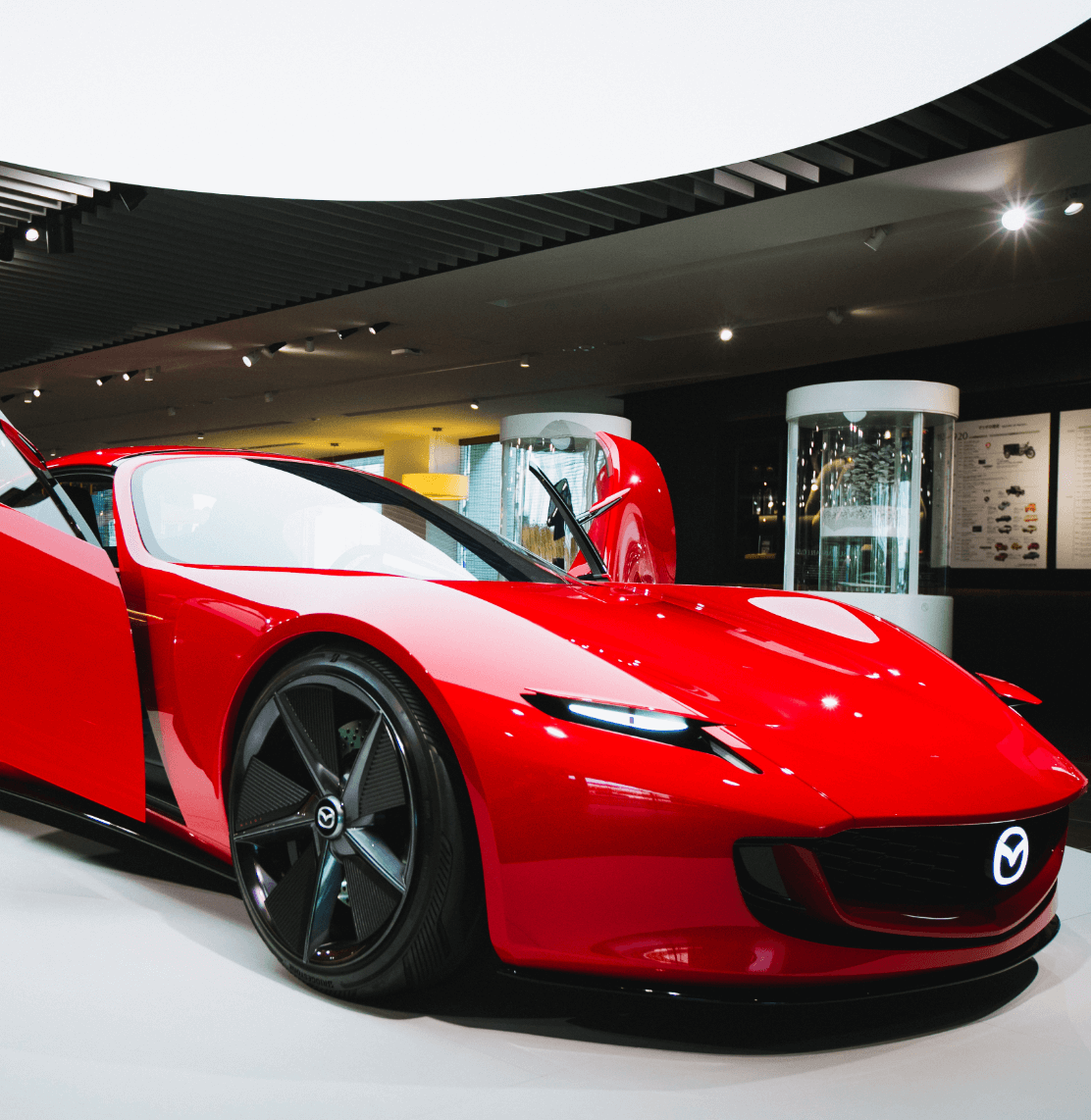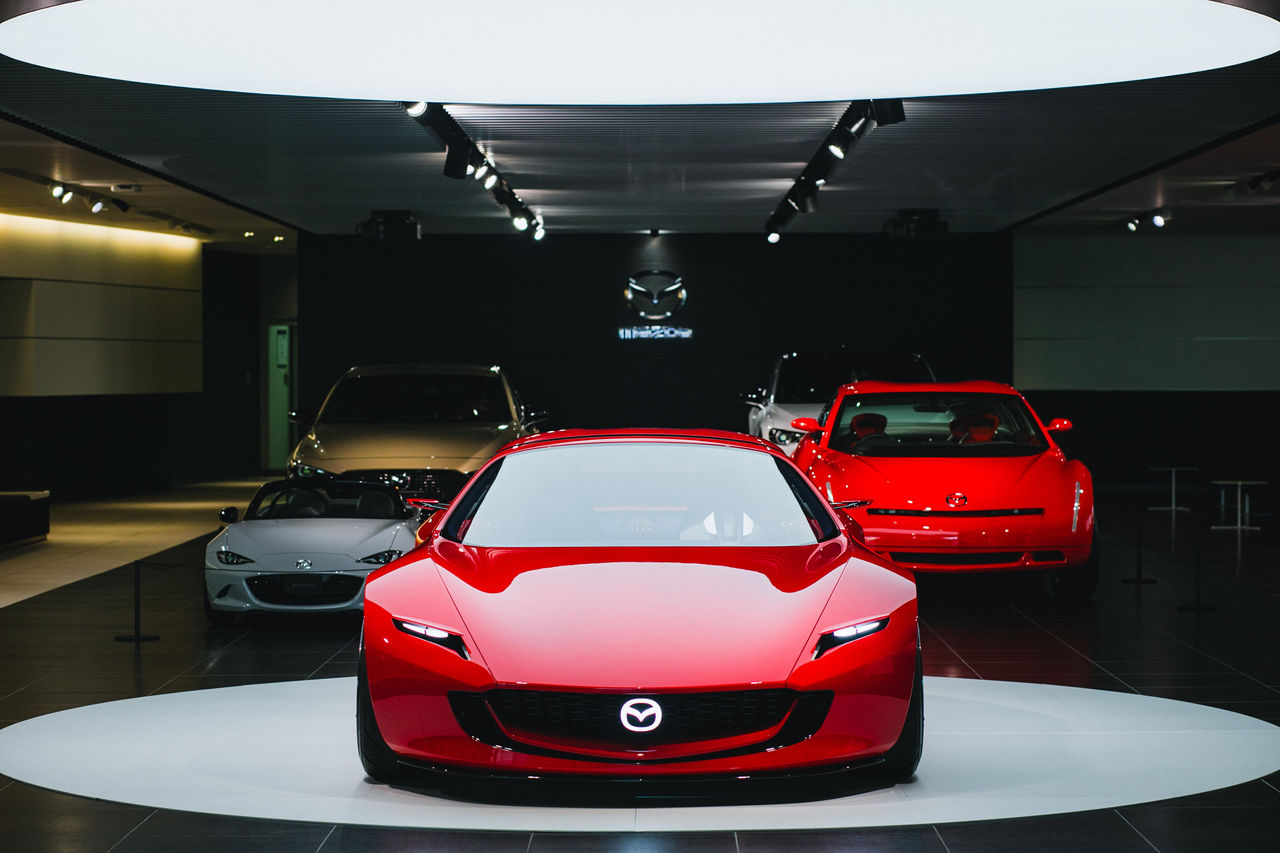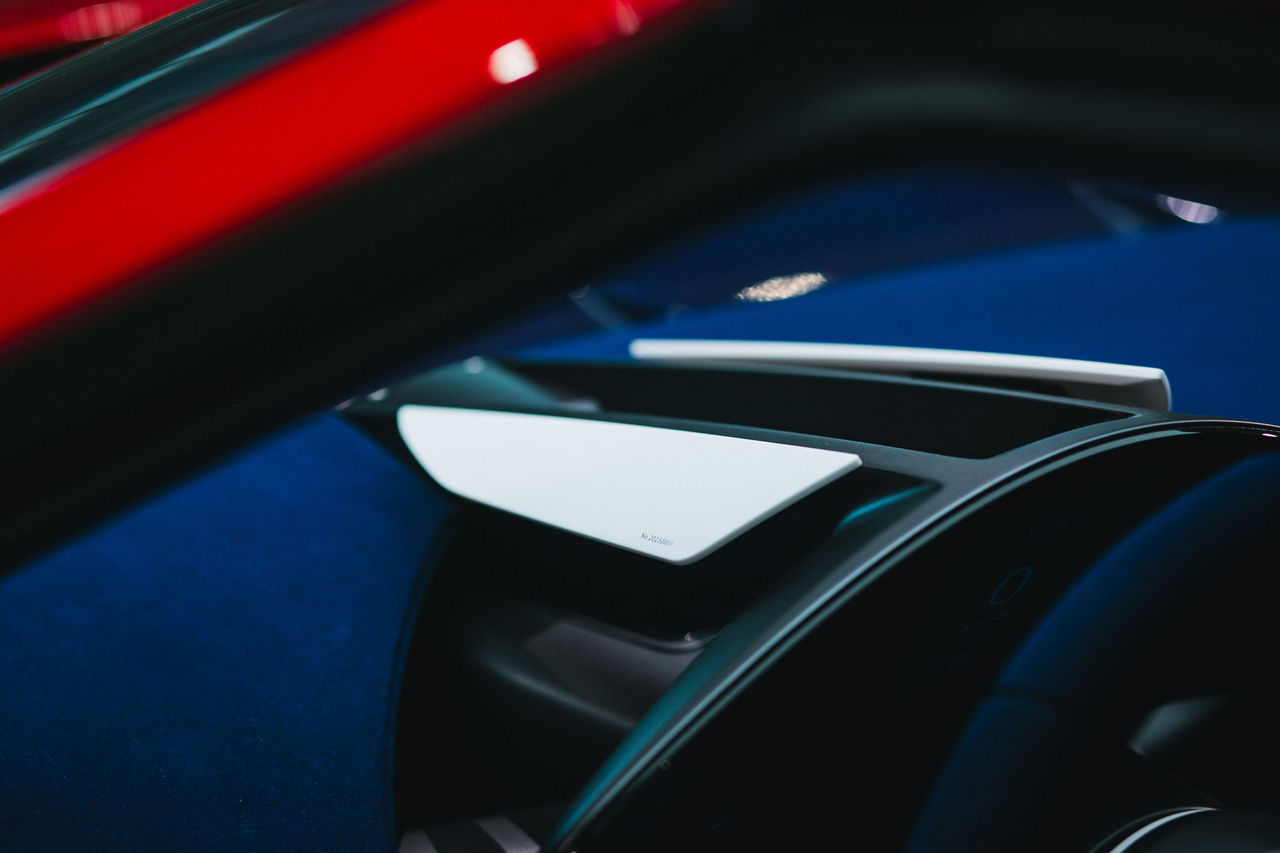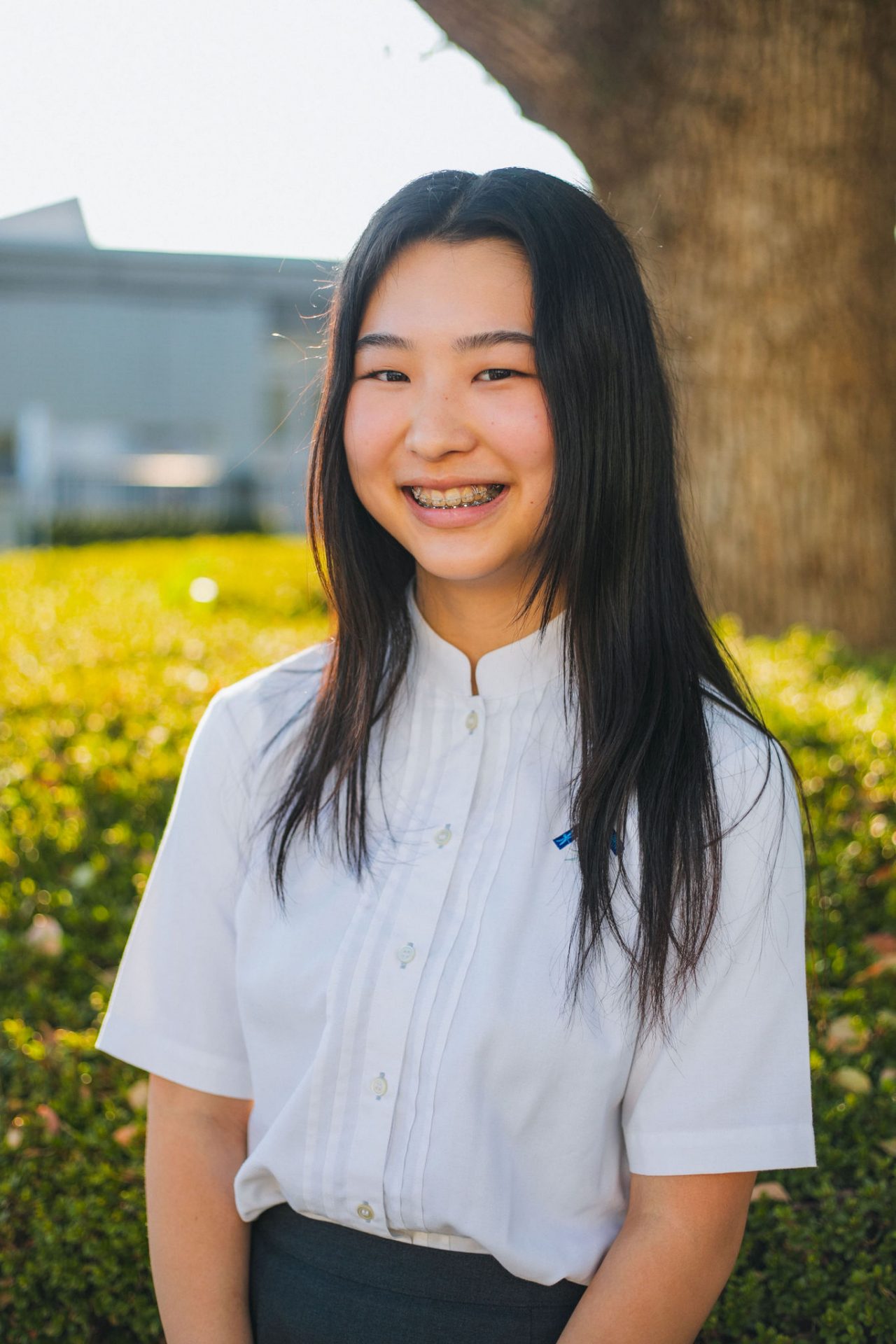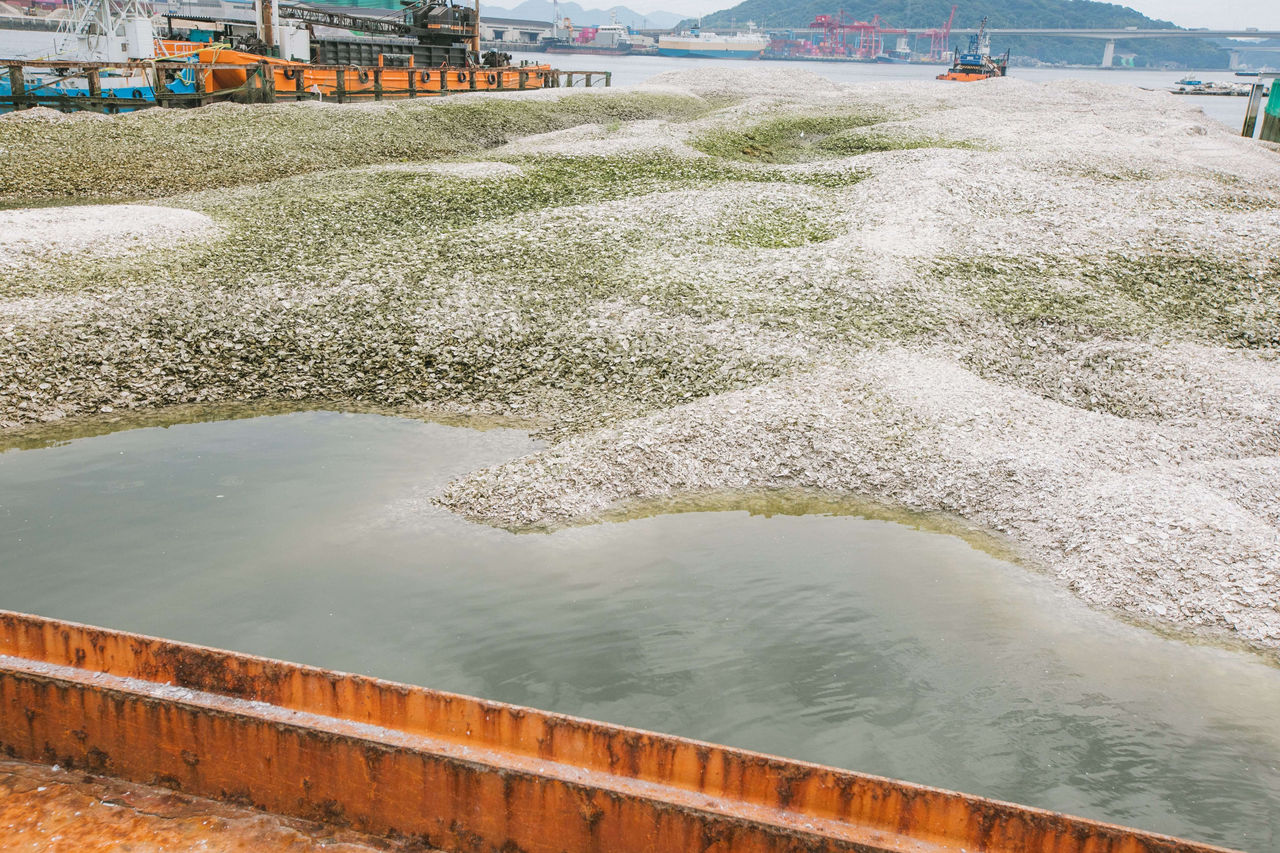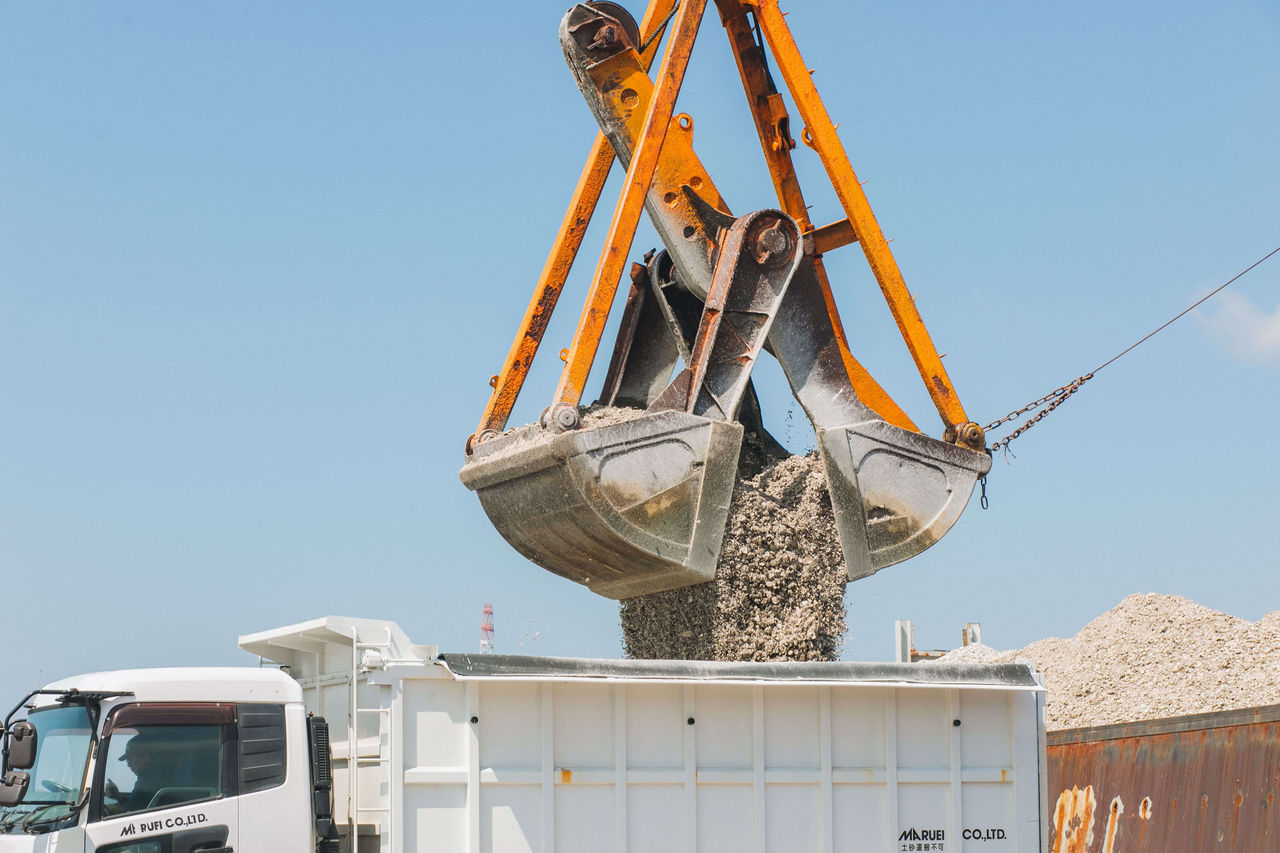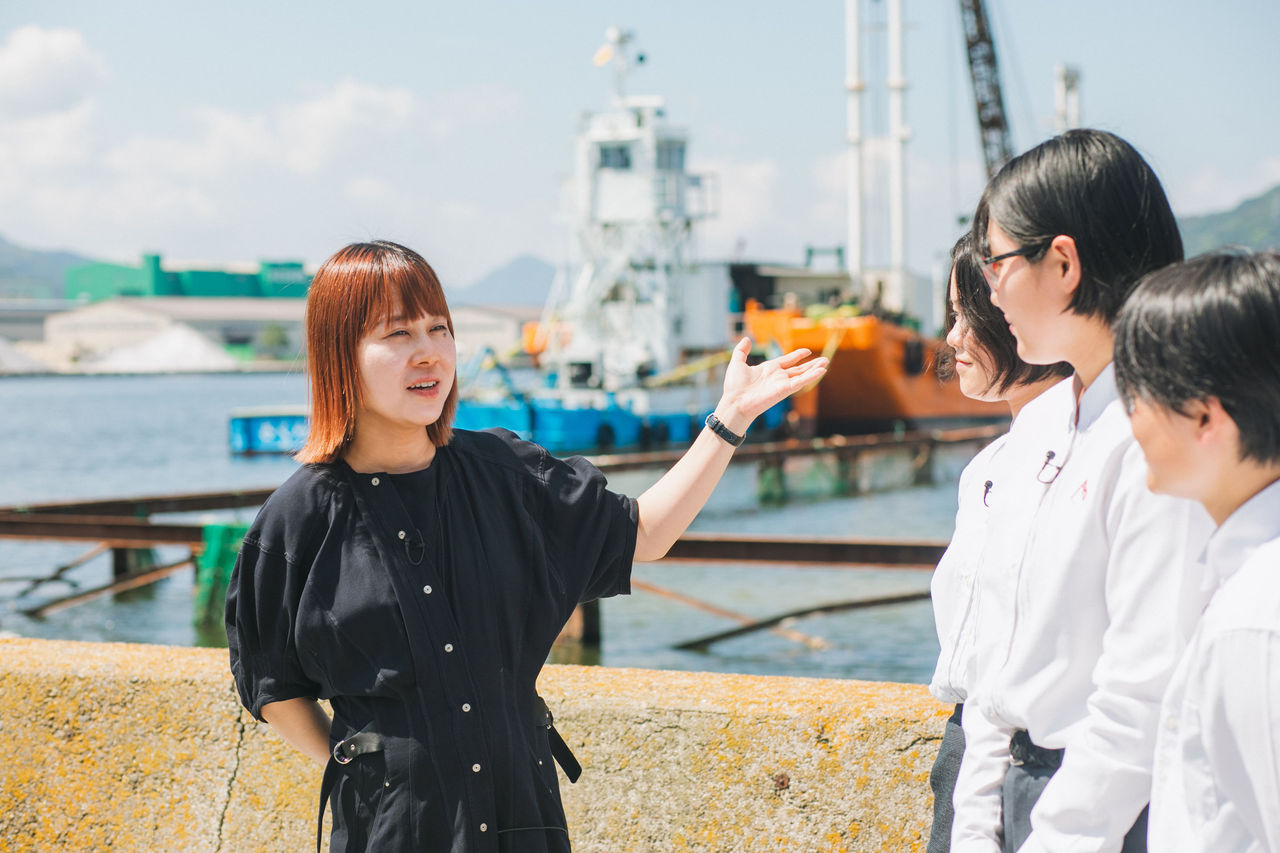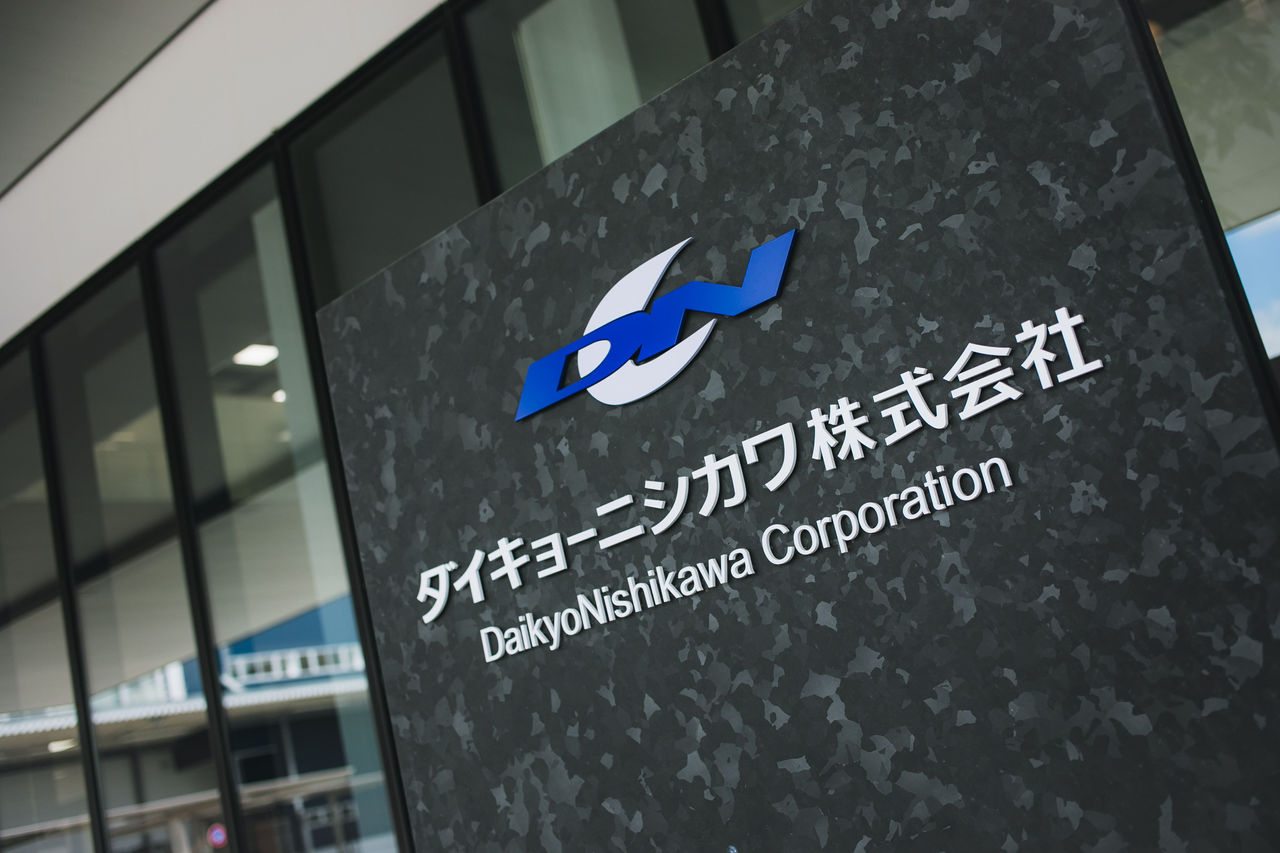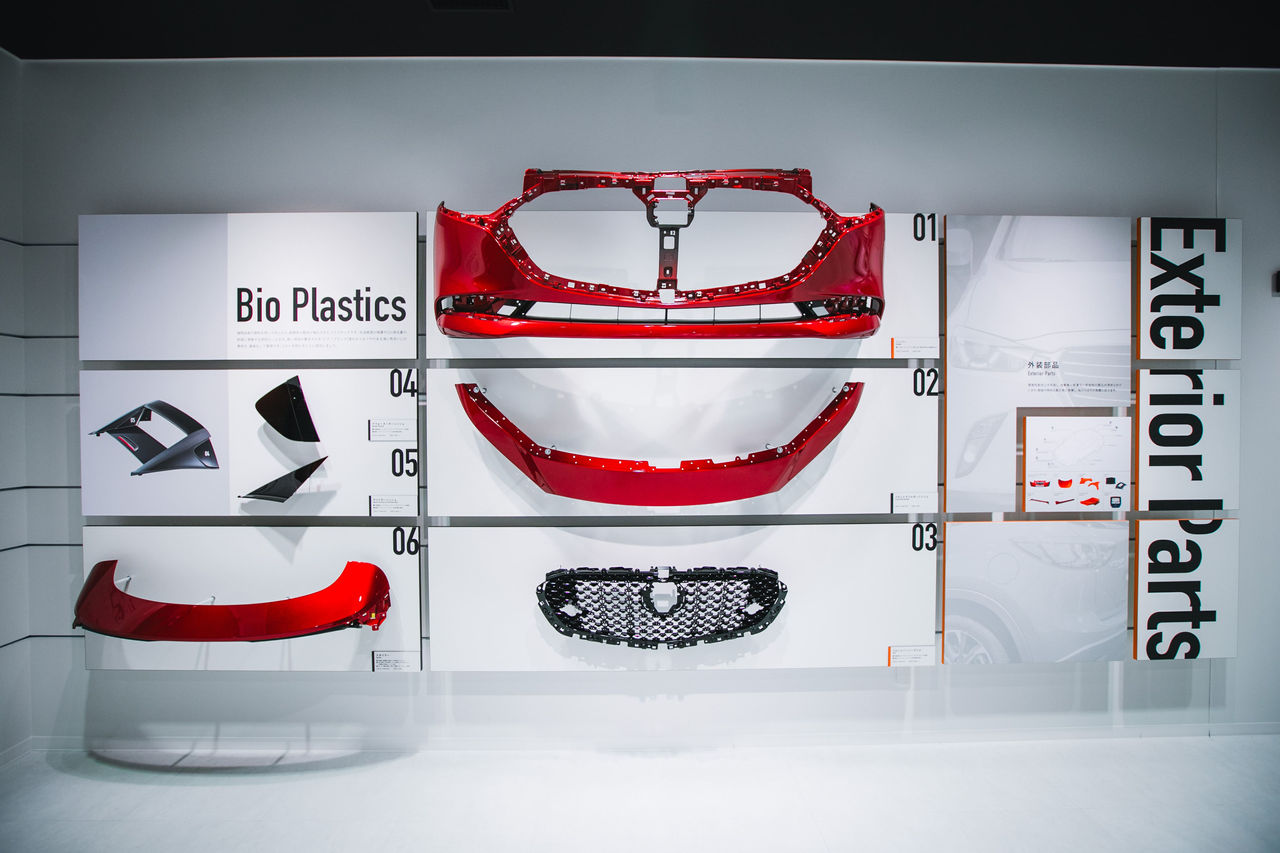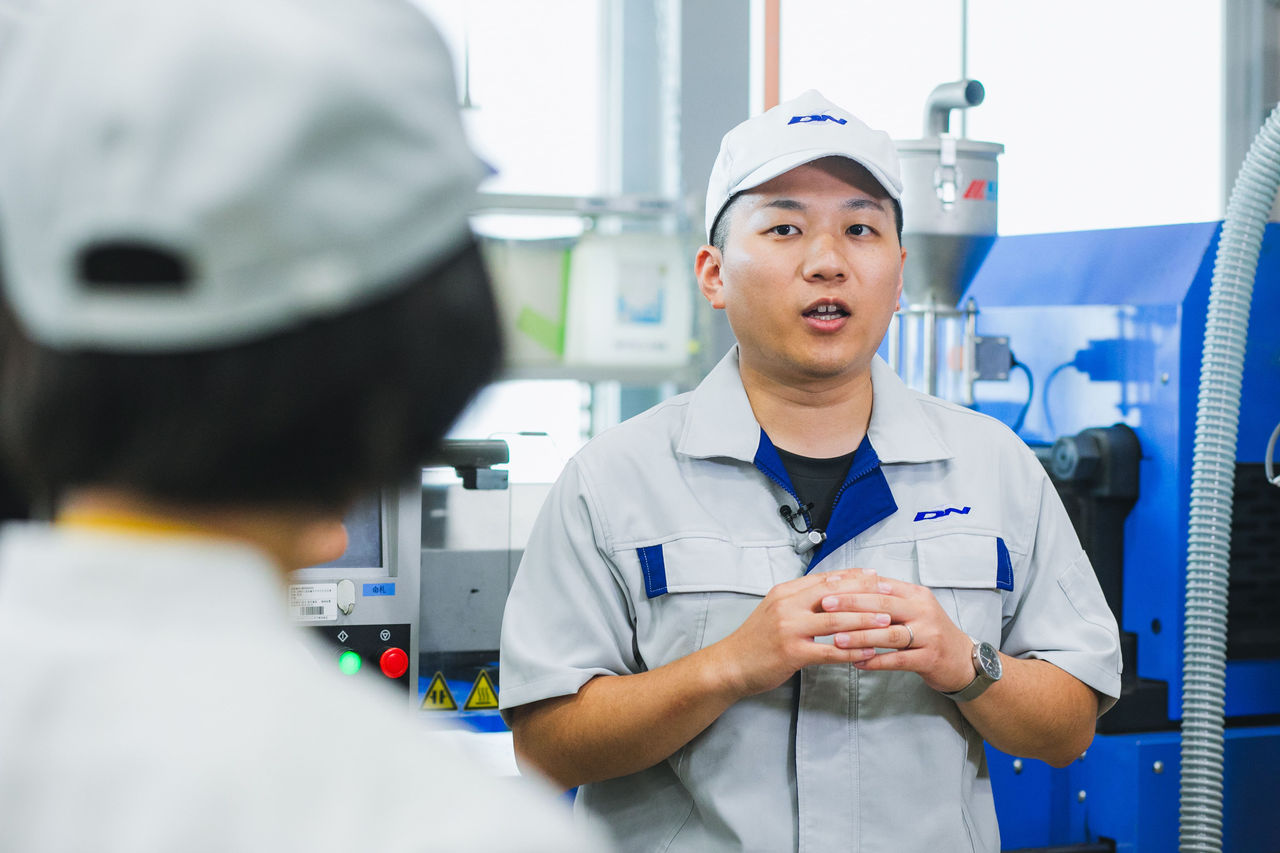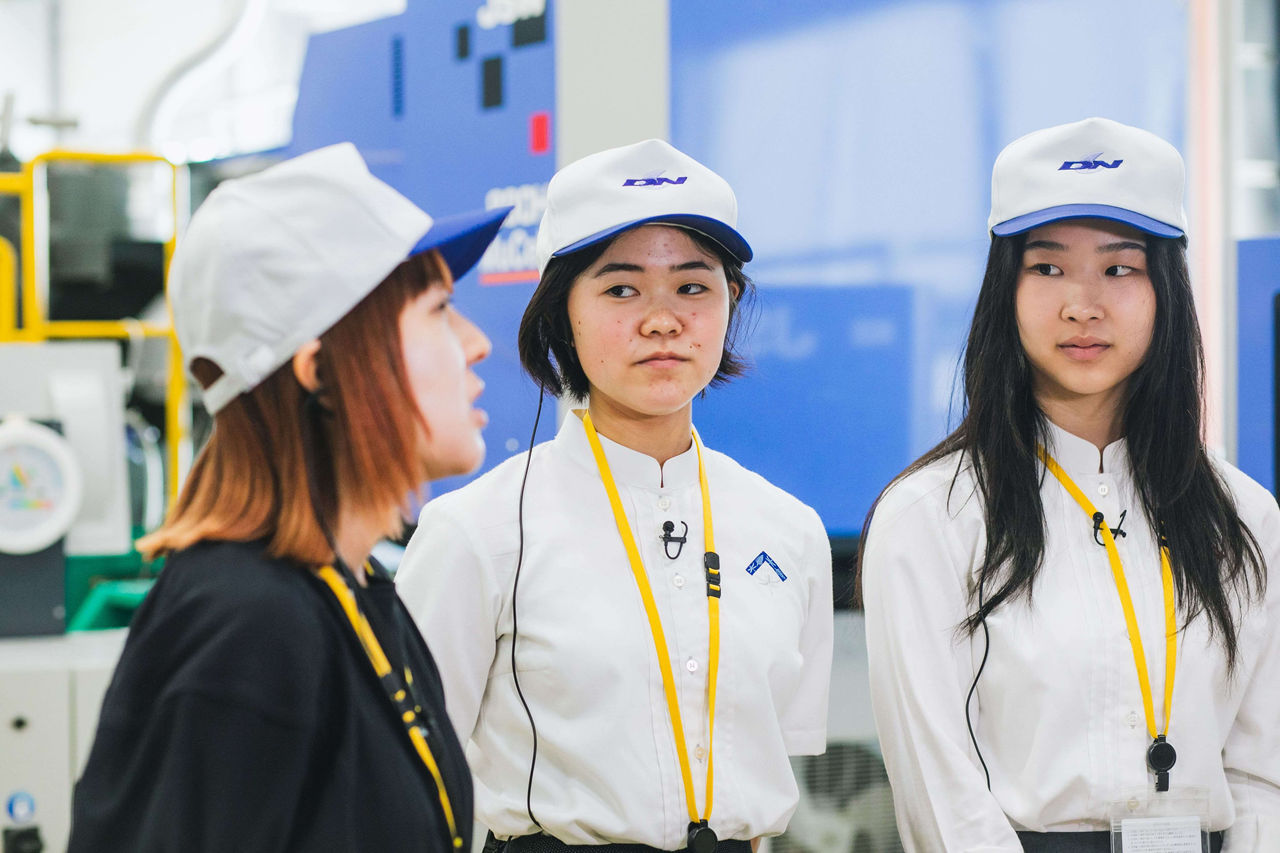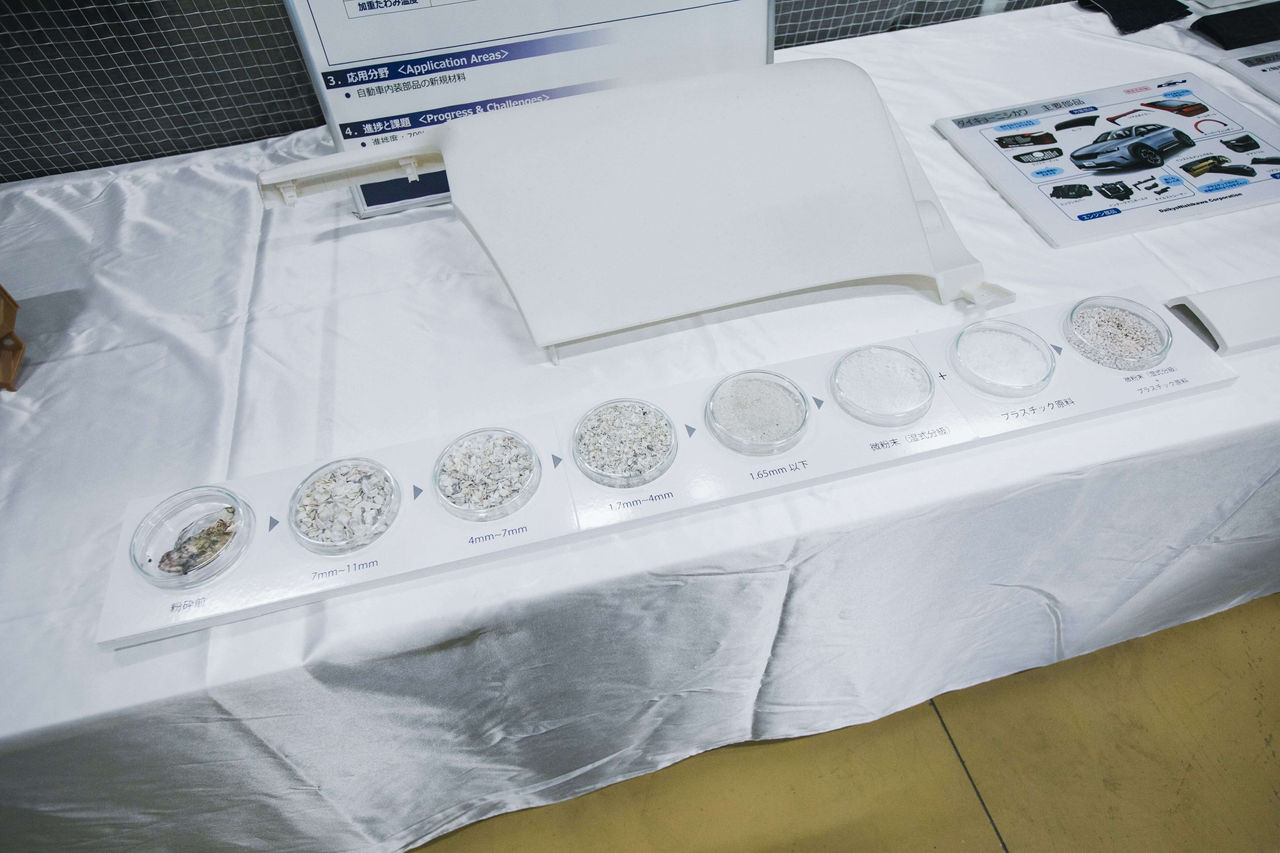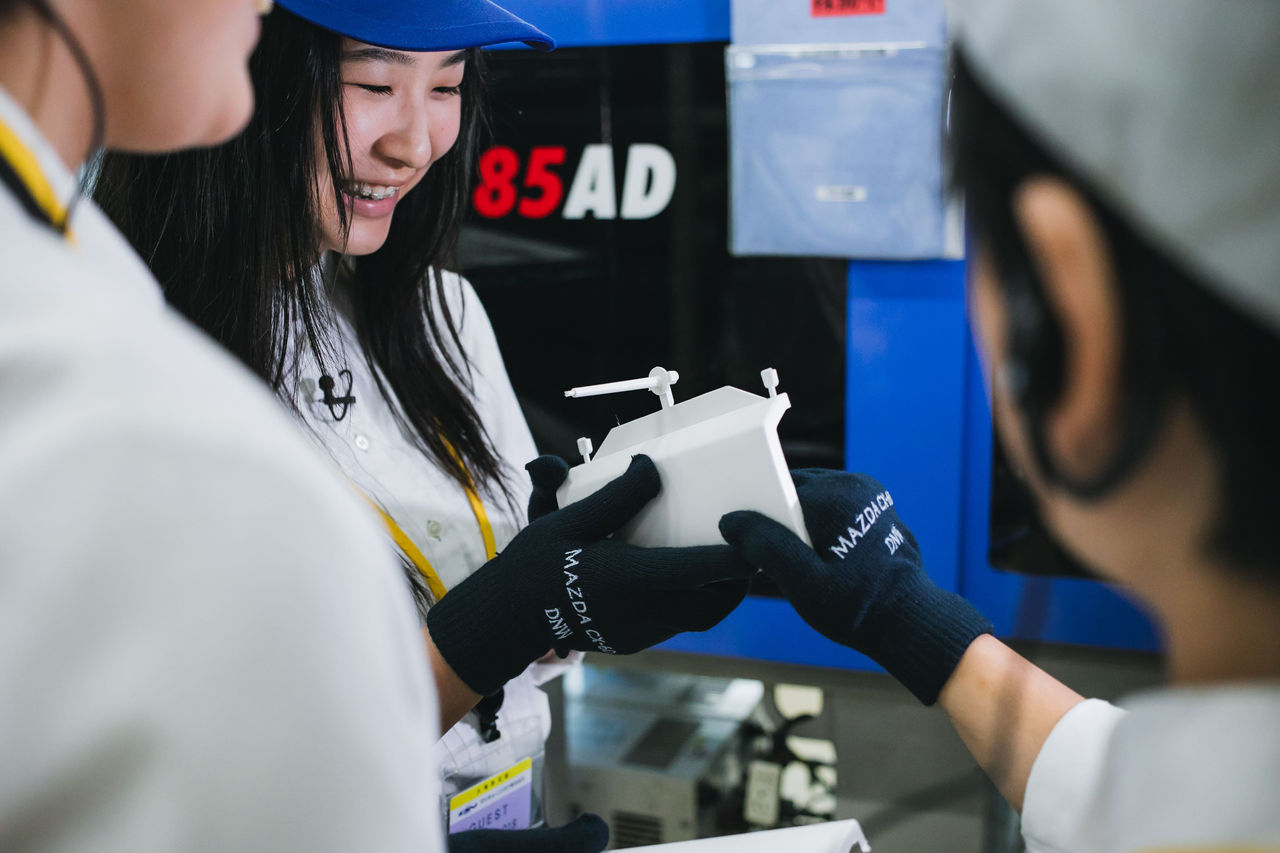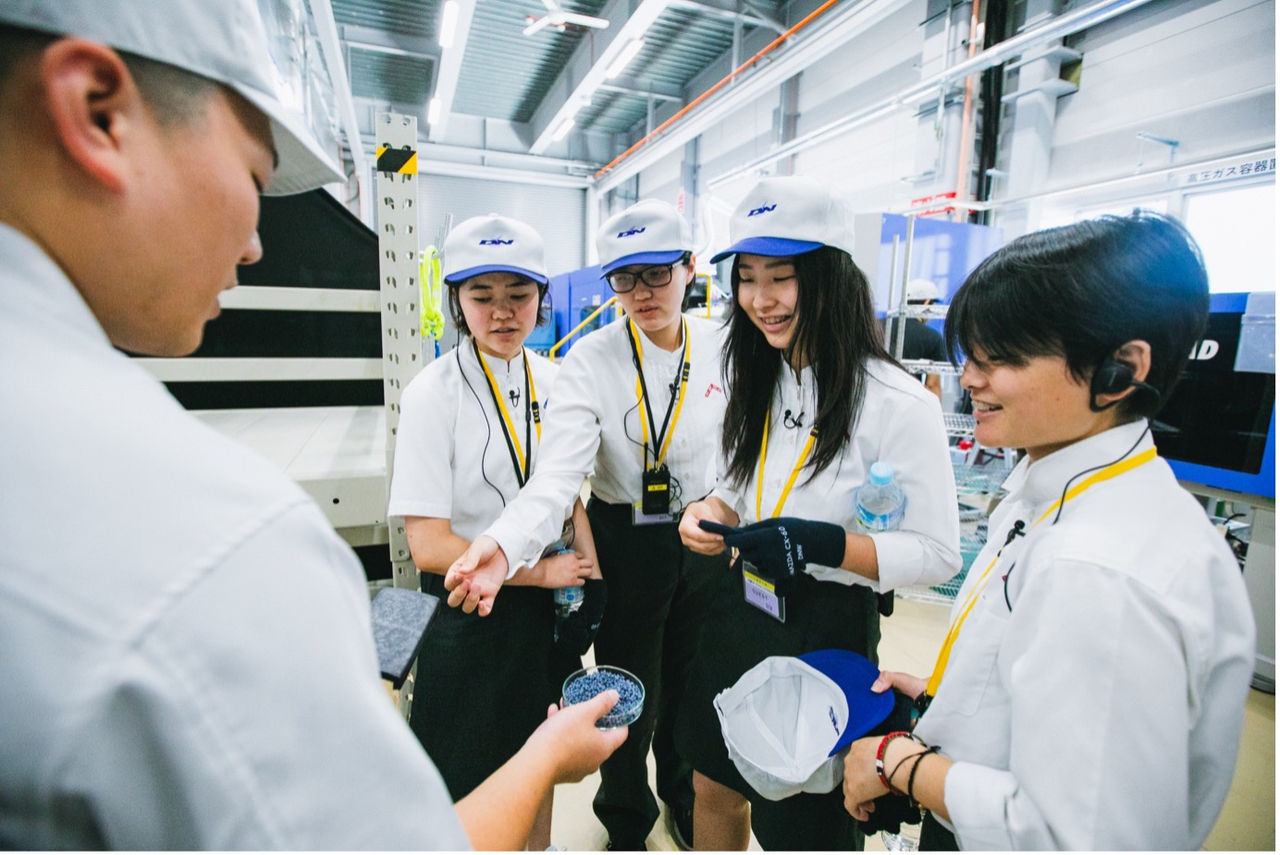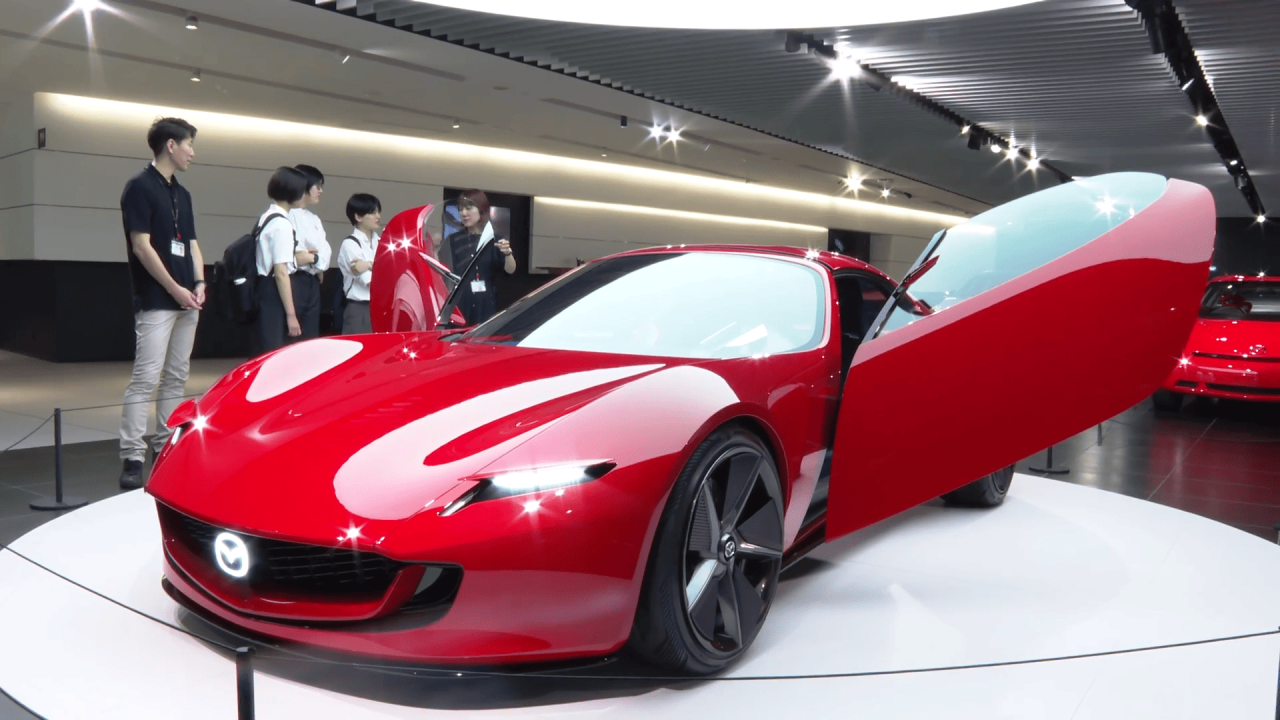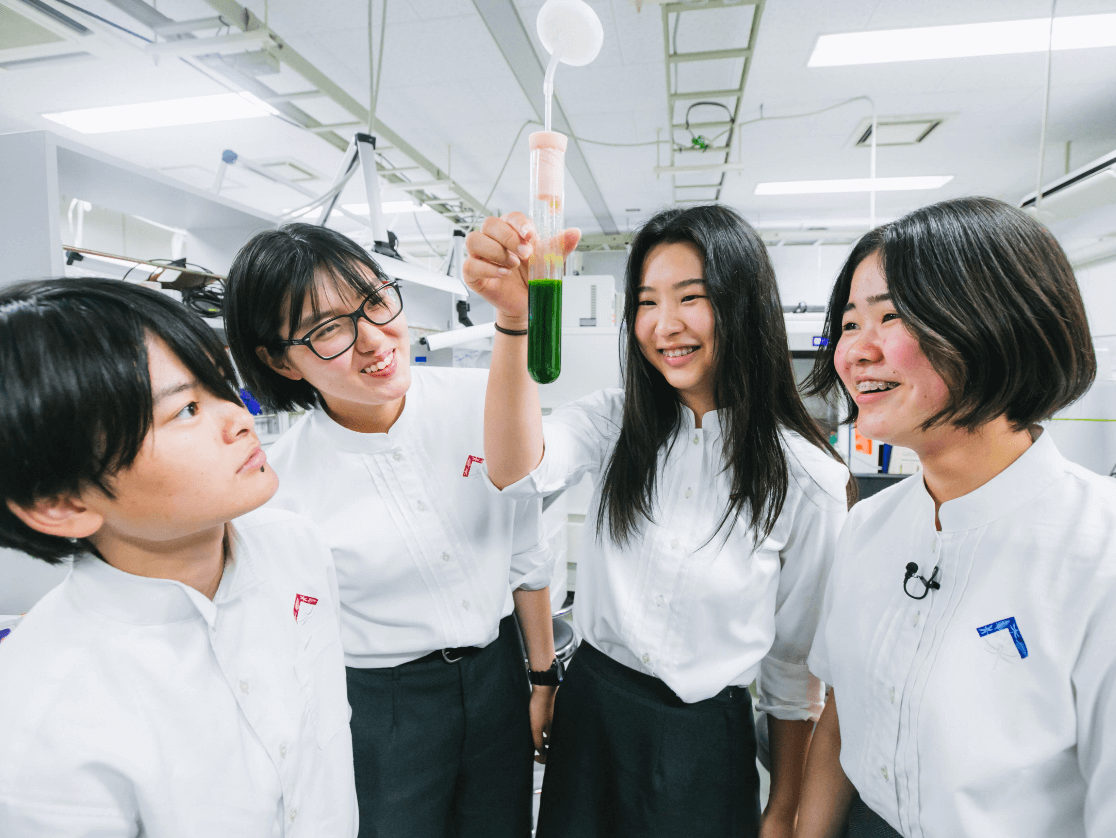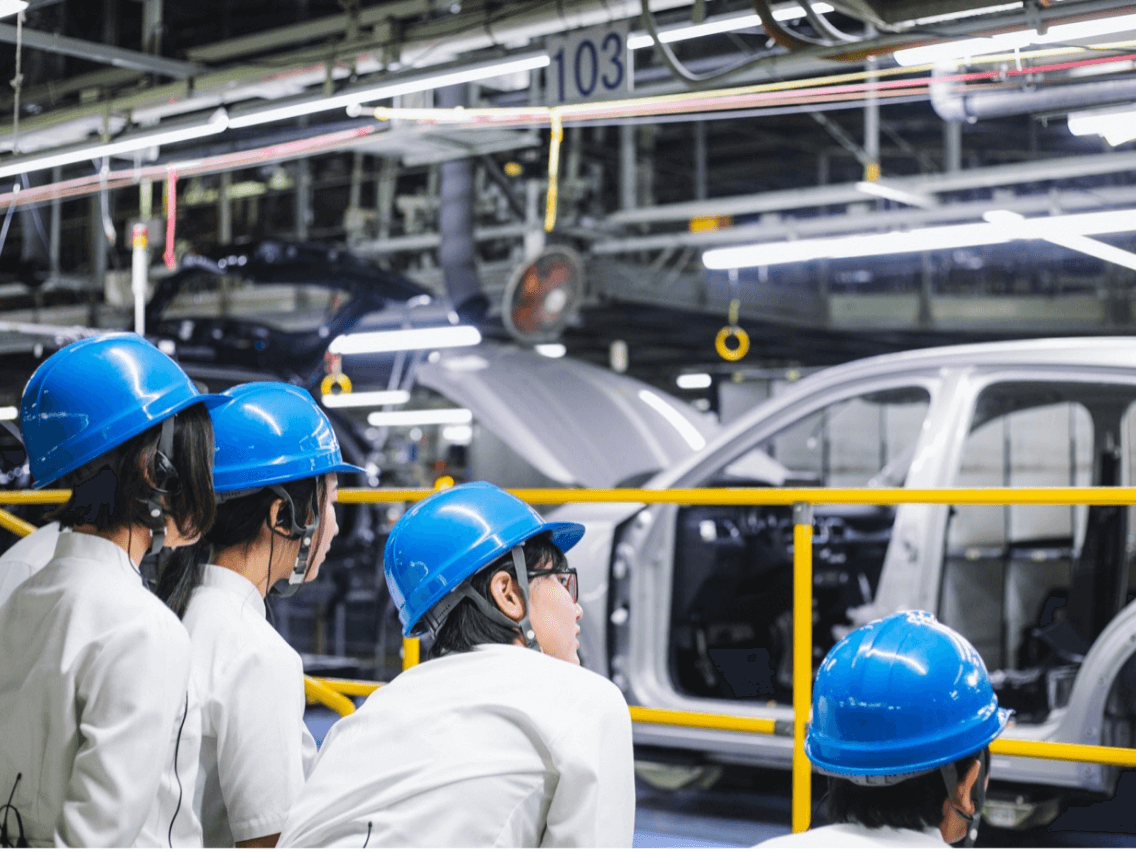A simple email sparked a two-day tour at Mazda. When four students from a Hiroshima high school reached out to learn more about Mazda’s sustainability initiatives, we were eager to welcome them to our facility, and answer their burning questions.
In part three of this series, we follow the students on their tour as we try to answer one of those questions: In the AI era, what kind of sustainable design can only humans create? The answer lies in the Mazda Iconic SP, the concept car unveiled in 2023, whose design features components made from a composite plastic using recycled shells from Hiroshima’s local delicacy: oysters.
Oyster shell processing results in tons of shell waste every year. Finding an effective use for these shells has become a regional challenge in Hiroshima. How did the Mazda Iconic SP transform this waste into sustainable design? What inspired the team behind this innovation? The four students visit partner companies collaborating with Mazda on the project to discover answers and the story behind this human-centric development.
